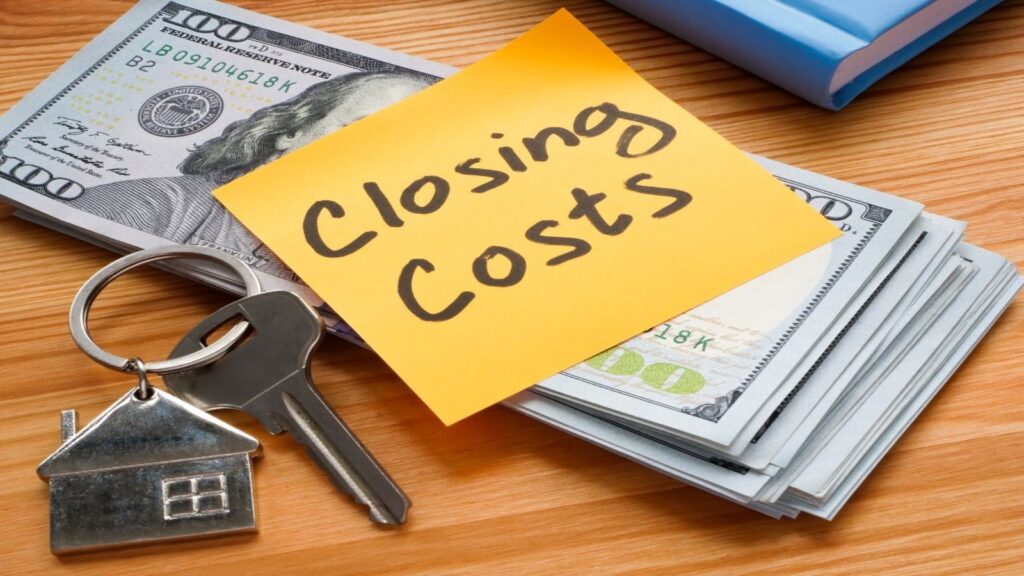Closing on a home is an exciting milestone, but it comes with expenses beyond the purchase price. These costs, known as closing costs, cover a range of fees and prepaid expenses essential to finalizing your home purchase. While these costs can vary depending on your location, loan type, and property value, understanding them can help you plan your budget effectively. By breaking down these expenses, you can approach closing day with clarity and confidence.

What Are Closing Costs?
Closing costs are the collective various fees and charges required to transfer ownership of a property from the seller to the buyer. Typically ranging from 2% to 5% of the home’s purchase price, they cover services such as loan processing, title work, and escrow management. These costs fall into three main categories: lender fees, title services, and prepaid expenses.
Lender fees are a significant portion of closing costs and include charges like loan origination, underwriting, and application fees. Title services ensure the legal transfer of ownership and protect against disputes over the property’s title. Prepaid expenses, including property taxes, homeowners’ insurance, and interest, are collected upfront to cover future obligations.
Some costs are negotiable, and buyers can sometimes share expenses with sellers, particularly in a buyer-friendly market. Understanding each component allows you to prepare for the total amount due at closing. Reviewing a Loan Estimate provided by your lender early in the process helps you anticipate these costs. By planning ahead, buyers can avoid surprises and make informed decisions when purchasing their homes.
Breaking down closing costs into manageable categories simplifies what can feel like an overwhelming part of buying a home. Knowing what to expect gives you the power to confidently approach the final steps of the transaction.
Understanding Lender Fees
Lender fees cover the costs of processing and approving your mortgage. These fees, often bundled as part of your closing costs, vary by lender but generally include loan origination, underwriting, and application fees. Loan origination fees, which compensate the lender for preparing your loan, are typically 0.5% to 1% of the loan amount.
Underwriting fees are charged to evaluate your financial history and determine your creditworthiness. This review ensures you meet the lender’s standards for loan approval. Application fees, which cover the cost of processing your initial loan application, may also apply. Some lenders offer no-application-fee options, so it’s worth comparing lenders to find the most cost-effective choice.
Discount points are another lender-related expense. These optional fees allow you to prepay interest to secure a lower interest rate. Each point typically costs 1% of the loan amount, which can save you money over the life of the loan. However, the upfront cost may not be ideal for all buyers, particularly if you plan to sell or refinance in the near term.
Lenders are required to provide a Loan Estimate that details all expected charges. This document is invaluable for comparing loan offers and ensuring transparency. Reviewing it thoroughly can help you avoid hidden fees and choose the best mortgage product for your needs.
By understanding lender fees and their purpose, buyers can budget effectively and make strategic decisions. These fees, while a necessary part of the home-buying process, are manageable with proper planning and informed choices.
The Role of Title Services and Insurance
Title services ensure that the property you’re purchasing has a clear ownership history and no outstanding claims, liens, or disputes. A title company conducts a thorough search of public records to verify the seller’s ownership and identify any potential issues. This process protects both the buyer and lender by confirming the property’s legal status.
Title insurance is a critical part of this process. The lender typically requires a policy to protect their investment, but buyers are encouraged to purchase an owner’s title policy for additional protection. This one-time premium is usually based on the home’s value and provides financial coverage for any title-related disputes that arise after closing.
Recording fees are another title-related expense. These fees cover the cost of officially recording the deed with the local government, ensuring the transfer of ownership is legally documented. This step is essential to establish the buyer as the rightful owner.
Buyers can shop around for title services to find competitive rates, but many opt to use the company recommended by their lender or real estate agent. Reviewing all title-related charges in your Closing Disclosure helps ensure accuracy and transparency.
Investing in title services and insurance provides peace of mind and safeguards your investment. Knowing your property’s title is clear and secure allows you to focus on the excitement of homeownership.
Prepaid Expenses: Taxes and Insurance
Prepaid expenses are costs collected at closing to cover future financial obligations, such as property taxes, homeowners’ insurance, and mortgage interest. These payments ensure the home remains protected and compliant with local tax requirements from the moment you take ownership.
Property taxes are prorated at closing based on the purchase date. If the seller has prepaid taxes for the year, you’ll reimburse them for your share. Conversely, if taxes are due soon, you may need to pay the first installment upfront. Local tax rates and payment schedules vary, so understanding your area’s requirements is essential.
Homeowners insurance protects your property against risks like fire, theft, or natural disasters. Most lenders require you to pay the first year’s premium at closing. In addition, you may be required to fund an escrow account with several months’ worth of insurance premiums to cover future payments.
Mortgage interest is often prepaid from the closing date to the end of the month, ensuring that the first mortgage payment covers a full billing cycle. Depending on their loan type, buyers with lower down payments may also face upfront mortgage insurance costs.
Understanding prepaid expenses helps buyers anticipate the total amount due at closing. While these costs are unavoidable, they provide critical financial protection for your new home and peace of mind as you settle into ownership.
Tips for Reducing Closing Costs
Closing costs can add up quickly, but there are strategies to minimize your financial burden. One effective approach is negotiating with the seller to cover some of the costs. Known as seller concessions, this option is more common in buyer-friendly markets and can significantly reduce your out-of-pocket expenses.
Shopping around for services like title insurance and home inspections can also lead to savings. Many buyers stick with the providers recommended by their lender or agent, but comparing quotes ensures you’re getting competitive rates. Some lenders offer no-closing-cost loans, where fees are rolled into the loan balance or offset by a higher interest rate. While this reduces upfront expenses, it’s important to consider the long-term cost implications.
First-time homebuyer programs and grants, which vary by state, may also help offset closing costs. These programs often provide financial assistance to eligible buyers. Additionally, lenders may offer credits for using their preferred partners, such as specific title companies or appraisers.
Being proactive and informed empowers buyers to make cost-saving decisions. By exploring all available options, you can reduce closing costs without compromising the quality of essential services.
Preparing for the Final Settlement Statement
The Closing Disclosure is your last opportunity to review all costs before finalizing your home purchase. This document, provided at least three days before closing, lists every fee, prepaid expense, and financial adjustment involved in the transaction. Comparing it to your initial Loan Estimate ensures there are no unexpected charges.
Key items to verify include lender fees, title charges, escrow payments, and any seller concessions. The disclosure also details the total amount due at closing, which includes your down payment, closing costs, and credits. If discrepancies arise, address them with your lender or settlement agent promptly.
Preparing for this step involves saving for closing costs and staying organized throughout the home-buying process. By reviewing the disclosure carefully, buyers can approach closing day with confidence and clarity.
Ready to make your home-buying journey seamless? Contact me today to learn more about the process and how I can guide you every step of the way.



